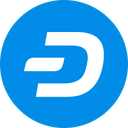-
 bitcoin
bitcoin $95122.959084 USD
-0.06% -
 ethereum
ethereum $3142.532402 USD
-0.28% -
 tether
tether $0.999439 USD
0.01% -
 xrp
xrp $2.209207 USD
-2.80% -
 bnb
bnb $925.395975 USD
0.07% -
 solana
solana $138.662599 USD
-1.73% -
 usd-coin
usd-coin $0.999753 USD
-0.02% -
 tron
tron $0.294100 USD
0.03% -
 dogecoin
dogecoin $0.161321 USD
0.35% -
 cardano
cardano $0.498672 USD
-1.53% -
 hyperliquid
hyperliquid $38.406659 USD
1.34% -
 zcash
zcash $679.663571 USD
5.44% -
 bitcoin-cash
bitcoin-cash $501.381807 USD
3.53% -
 chainlink
chainlink $13.975571 USD
-0.64% -
 unus-sed-leo
unus-sed-leo $9.166130 USD
-0.37%
What is a crypto oracle problem?
Oracles bridge blockchain and real-world data but pose risks if compromised, as seen in DeFi attacks and liquidation failures.
Jul 22, 2025 at 07:14 am
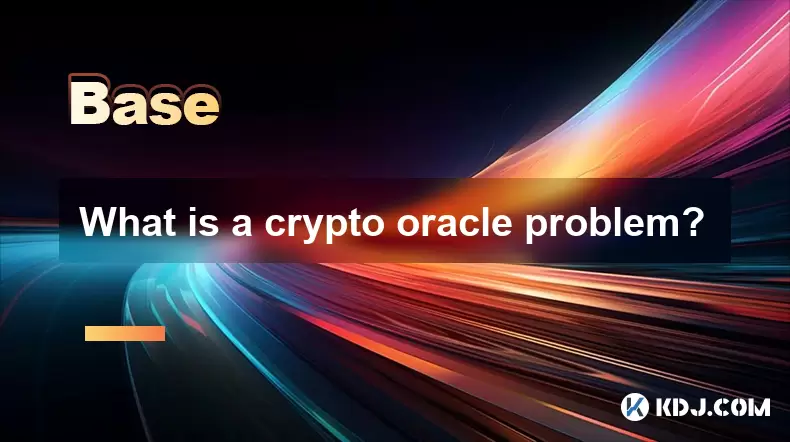
Understanding the Role of Oracles in Blockchain
In the world of blockchain and decentralized applications (dApps), oracles serve as critical bridges between on-chain and off-chain environments. A crypto oracle is a service or entity that provides external data to smart contracts, enabling them to execute based on real-world information such as price feeds, weather conditions, or sports results. Without oracles, smart contracts would only be able to use data already stored within the blockchain, severely limiting their utility and scope.
However, the integration of oracles introduces a unique challenge known as the crypto oracle problem. This issue revolves around the trustworthiness, accuracy, and reliability of the data being fed into the blockchain. Since blockchains themselves are decentralized and immutable, any incorrect or manipulated data introduced via an oracle can lead to unintended smart contract executions, potentially causing significant financial losses.
What Makes the Oracle Problem a Critical Concern?
The crypto oracle problem stems from the fact that oracles are not part of the blockchain consensus mechanism. Unlike miners or validators who participate in securing the network, oracles operate externally and are not inherently trustless. This creates a single point of failure in what is otherwise a decentralized system.
For instance, if a smart contract on a decentralized finance (DeFi) platform relies on a single oracle to fetch cryptocurrency prices and that oracle gets compromised or provides incorrect data, the contract may liquidate positions incorrectly or allow arbitrage opportunities that harm users. This undermines the very principles of decentralization and trustlessness that blockchain technology aims to uphold.
Types of Oracles and Their Vulnerabilities
Oracles can be categorized into different types, each with its own set of vulnerabilities:
- Software Oracles retrieve data from online sources such as APIs. These are prone to API manipulation or downtime, which can disrupt data flow to smart contracts.
- Hardware Oracles interface with physical devices like sensors or RFID chips. These face tampering risks or data interception.
- Inbound Oracles feed external data into the blockchain and are vulnerable to data spoofing or false input injection.
- Outbound Oracles send data from the blockchain to external systems, which can be exploited for malicious execution if intercepted.
Each type introduces a trust dependency that, if not properly managed, exacerbates the oracle problem. For example, centralized software oracles can be hacked or manipulated to provide false price feeds, leading to flash crashes or erroneous liquidations in DeFi protocols.
Decentralized Oracles: A Potential Solution?
To mitigate the oracle problem, several projects have developed decentralized oracle networks (DONs). These systems aim to reduce reliance on a single data source by aggregating information from multiple oracles. The idea is to use consensus mechanisms among oracles to validate data before it is fed into the smart contract.
One such example is Chainlink, which employs a network of independent oracle nodes to fetch and verify data. Chainlink uses reputation systems, economic incentives, and cryptographic proofs to ensure data integrity. However, even decentralized oracles are not foolproof. If a majority of nodes collude or are compromised, they can still introduce false data into the system.
Additionally, decentralized oracles may suffer from latency issues or inconsistent data sourcing, which can affect the timeliness and accuracy of data delivery. This makes them less suitable for time-sensitive applications like high-frequency trading or real-time insurance payouts.
Practical Implications of the Oracle Problem
The impact of the oracle problem has been demonstrated in real-world scenarios. For example, in 2020, a DeFi project called bZx suffered two separate attacks due to manipulated oracle data. Attackers exploited price discrepancies between oracles and the actual market, leading to over $1 million in losses. This highlighted the critical role of oracle reliability in maintaining the integrity of DeFi protocols.
Another example is MakerDAO, where a sudden drop in ETH prices caused oracle delays during a market crash. As a result, the system failed to liquidate undercollateralized positions in time, leading to a $4 million loss. These incidents underscore how the oracle problem can lead to systemic risks in blockchain-based financial systems.
Mitigation Strategies and Best Practices
To address the oracle problem, developers and protocol designers have adopted several mitigation strategies:
- Using multiple oracles to cross-verify data and reduce reliance on a single source.
- Implementing time-weighted average price (TWAP) models to smooth out short-term price fluctuations and prevent manipulation.
- Employing cryptographic proofs such as zero-knowledge proofs to verify the authenticity of oracle data without exposing the source.
- Designing incentive structures that reward honest behavior and penalize malicious or inaccurate data reporting.
These strategies help enhance the robustness of oracle systems, but they also add complexity and cost to smart contract development. Developers must carefully weigh the trade-offs between security, decentralization, and efficiency when designing oracle-dependent applications.
Frequently Asked Questions (FAQs)
What is the difference between a centralized and decentralized oracle?A centralized oracle is a single trusted entity that provides data to smart contracts, creating a single point of failure. A decentralized oracle uses a network of multiple independent nodes to fetch and validate data, reducing the risk of manipulation or failure.
Can oracles be hacked?Yes, oracles can be hacked, especially if they rely on centralized data sources or APIs. Decentralized oracles reduce this risk by distributing trust among multiple nodes, but they are not entirely immune to collusion or sophisticated attacks.
Are all DeFi protocols affected by the oracle problem?Most DeFi protocols that rely on external data sources for price feeds, collateralization ratios, or other metrics are affected by the oracle problem. Protocols that use on-chain data exclusively, such as those based on bonding curves or internal markets, are less vulnerable.
Is there a way to completely eliminate the oracle problem?Currently, there is no perfect solution to eliminate the oracle problem entirely. The best approach is to use a combination of decentralized oracles, robust data validation techniques, and economic incentives to minimize the risk of inaccurate or malicious data inputs.
Disclaimer:info@kdj.com
The information provided is not trading advice. kdj.com does not assume any responsibility for any investments made based on the information provided in this article. Cryptocurrencies are highly volatile and it is highly recommended that you invest with caution after thorough research!
If you believe that the content used on this website infringes your copyright, please contact us immediately (info@kdj.com) and we will delete it promptly.
- Coinbase's Big Moves: Primed for Crypto Domination in 2025?
- 2025-11-16 20:10:01
- Bitcoin ETFs, Liquidity Crisis, and Market Bleeding: A New York Minute
- 2025-11-16 20:10:01
- Bitcoin, Robert Kiyosaki, and the Crash Watch: A New Yorker's Take
- 2025-11-16 20:05:01
- SUI, Crypto Presales, and Price Predictions: What's the Hype?
- 2025-11-16 20:05:01
- Tether's AI Gambit: Investing in Neura Robotics and the Future of Investment
- 2025-11-16 20:00:01
- Pi Network Price Rebound: Whale Buy Signals Growing Confidence?
- 2025-11-16 19:55:01
Related knowledge
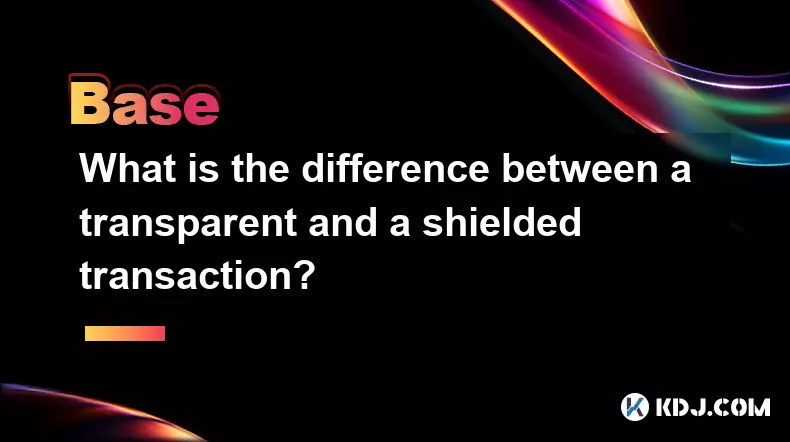
What is the difference between a transparent and a shielded transaction?
Nov 10,2025 at 05:59pm
Understanding Transparent Transactions in Cryptocurrency1. Transparent transactions are the standard form of transaction on most public blockchains li...
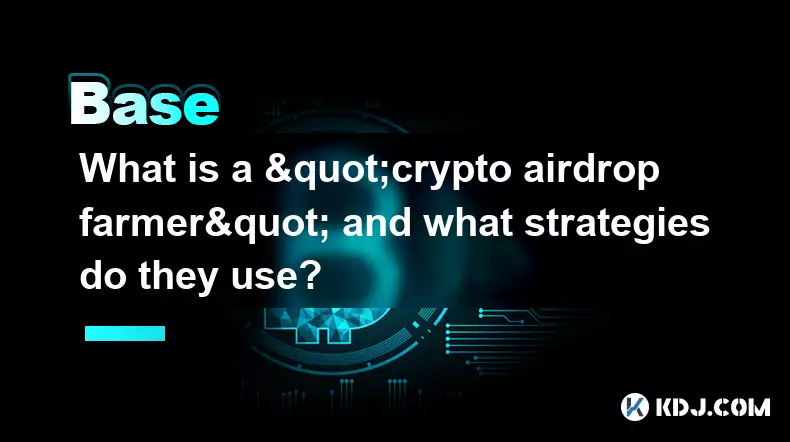
What is a "crypto airdrop farmer" and what strategies do they use?
Nov 09,2025 at 03:39pm
What Is a Crypto Airdrop Farmer?1. A crypto airdrop farmer is an individual who actively participates in blockchain projects to qualify for free token...
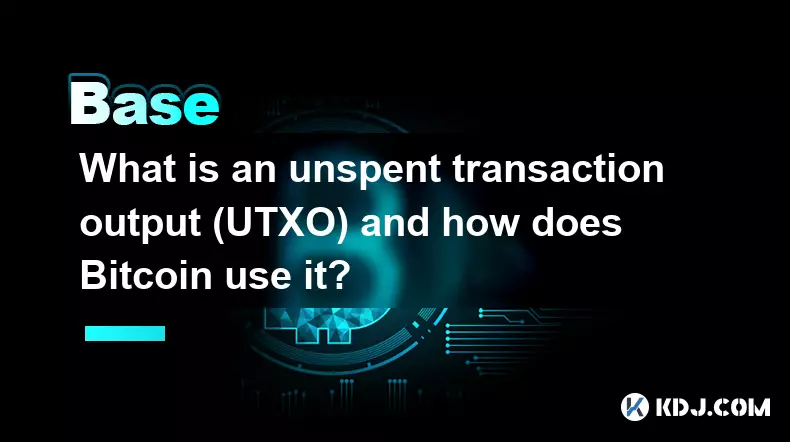
What is an unspent transaction output (UTXO) and how does Bitcoin use it?
Nov 12,2025 at 01:40am
Understanding the Concept of Unspent Transaction Output (UTXO)1. An Unspent Transaction Output, commonly referred to as UTXO, is a fundamental compone...

What is a "governance attack" and how can a DAO be compromised?
Nov 14,2025 at 05:59am
Understanding Governance Attacks in Decentralized Autonomous Organizations1. A governance attack occurs when an individual or group gains disproportio...

How do you track a crypto portfolio across multiple wallets and chains?
Nov 12,2025 at 04:19pm
The Evolution of Decentralized Exchanges in the Crypto Ecosystem1. Decentralized exchanges (DEXs) have transformed how users trade digital assets by r...

What is a "rug pull" clause in a smart contract and how can you spot it?
Nov 14,2025 at 11:40pm
Understanding the Concept of a Rug Pull in Decentralized Finance1. A rug pull refers to a malicious act in the cryptocurrency space where developers a...

What is the difference between a transparent and a shielded transaction?
Nov 10,2025 at 05:59pm
Understanding Transparent Transactions in Cryptocurrency1. Transparent transactions are the standard form of transaction on most public blockchains li...

What is a "crypto airdrop farmer" and what strategies do they use?
Nov 09,2025 at 03:39pm
What Is a Crypto Airdrop Farmer?1. A crypto airdrop farmer is an individual who actively participates in blockchain projects to qualify for free token...

What is an unspent transaction output (UTXO) and how does Bitcoin use it?
Nov 12,2025 at 01:40am
Understanding the Concept of Unspent Transaction Output (UTXO)1. An Unspent Transaction Output, commonly referred to as UTXO, is a fundamental compone...

What is a "governance attack" and how can a DAO be compromised?
Nov 14,2025 at 05:59am
Understanding Governance Attacks in Decentralized Autonomous Organizations1. A governance attack occurs when an individual or group gains disproportio...

How do you track a crypto portfolio across multiple wallets and chains?
Nov 12,2025 at 04:19pm
The Evolution of Decentralized Exchanges in the Crypto Ecosystem1. Decentralized exchanges (DEXs) have transformed how users trade digital assets by r...

What is a "rug pull" clause in a smart contract and how can you spot it?
Nov 14,2025 at 11:40pm
Understanding the Concept of a Rug Pull in Decentralized Finance1. A rug pull refers to a malicious act in the cryptocurrency space where developers a...
See all articles

























![Coin Master Hack Spins 2025 ✅ Coin Master Free Spins[ Android _ iOS ] [LINK IN COMMENT] Coin Master Hack Spins 2025 ✅ Coin Master Free Spins[ Android _ iOS ] [LINK IN COMMENT]](/uploads/2025/11/16/cryptocurrencies-news/videos/6919c627821e7_image_120_90.webp)













































